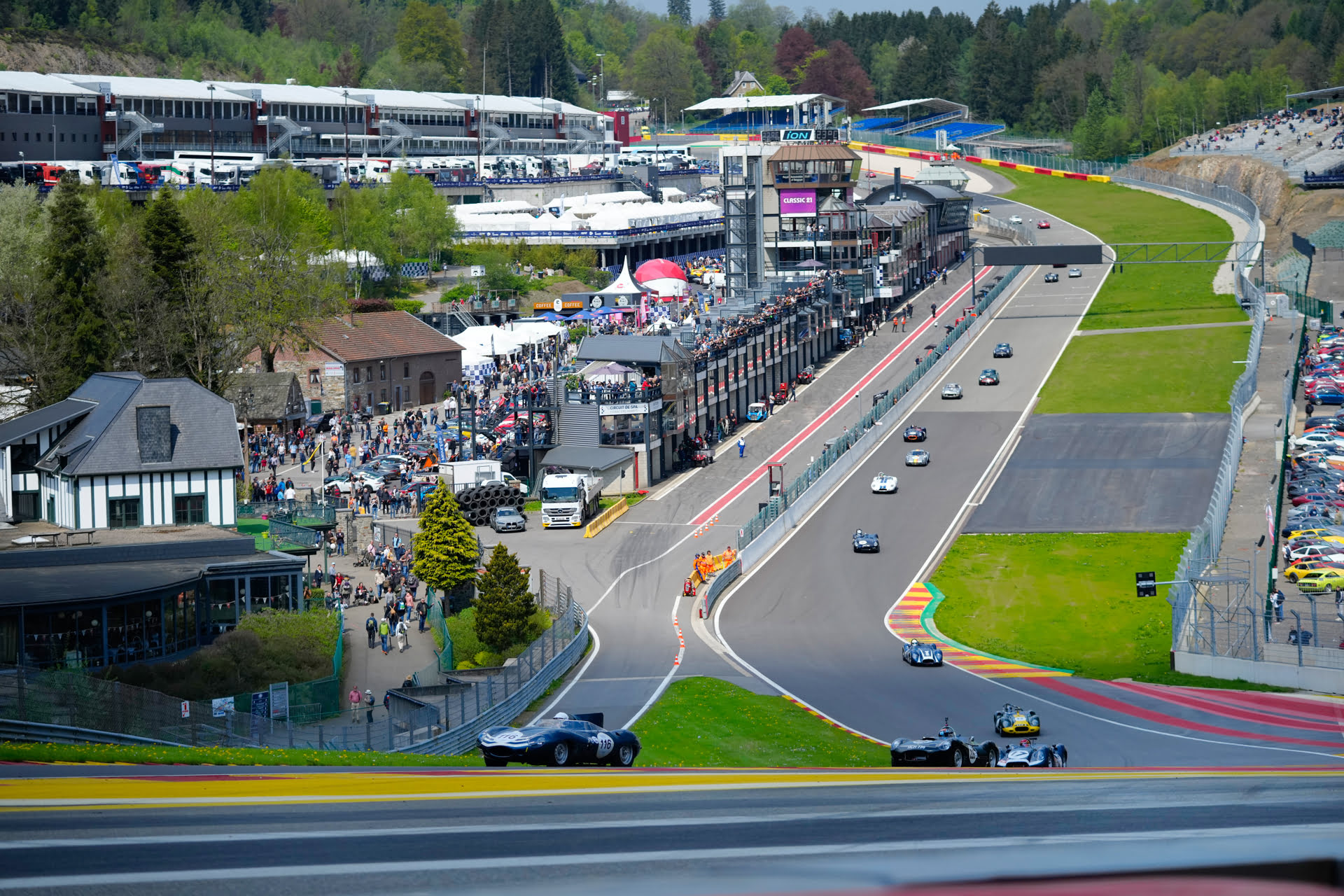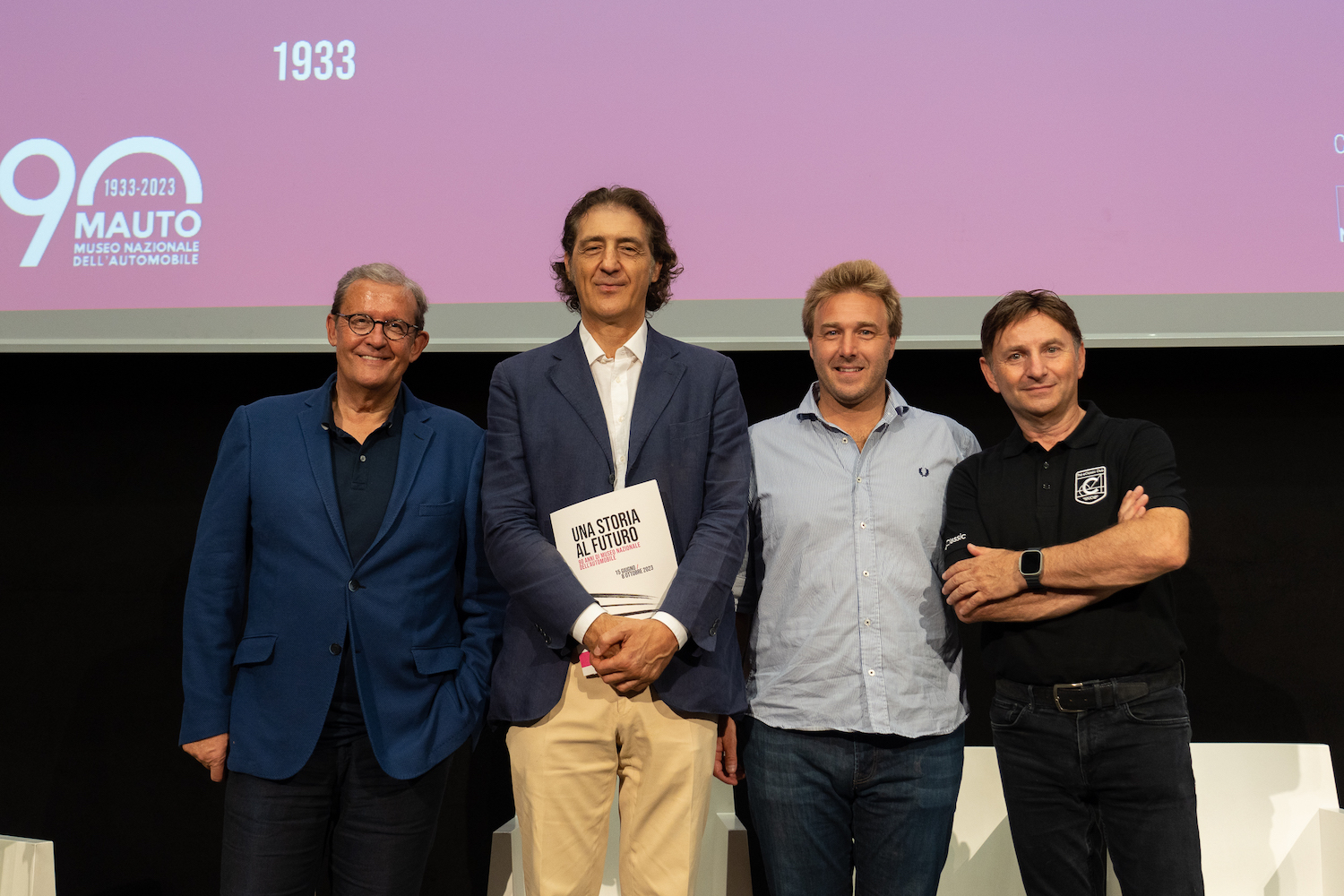At Spa like Verstappen on the Roarington Simulators
02 August 2023 2 min read 4 images

Photo credit: Masters Historic Racing, Peter Auto, Porsche
According to many drivers, the real racetracks are those carved from existing roads, where the layout isn't determined by computers but rather by the terrain's topography and the paths traced by humans and their activities. And that's precisely what Spa-Francorchamps represents, a fact Max Verstappen openly acknowledges. Its appeal stems from this unique characteristic, often intertwined with unpredictable weather, as happened in this year's Grand Prix, where the track oscillated between deluge and dryness, throwing off every team's strategic game.
Register to unlock this article
Signing up is free and gives you access to hundreds of articles and additional benefits. See what’s included in your free membership. See what's included in your free membership.
Already have an account? Log In


